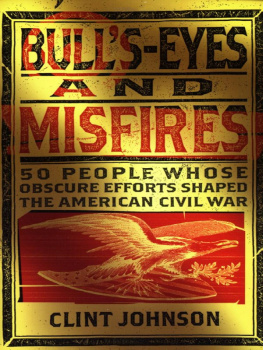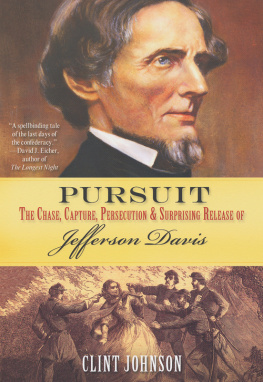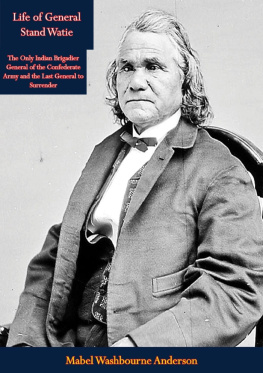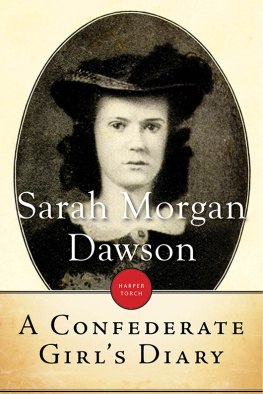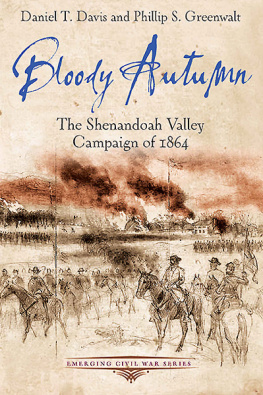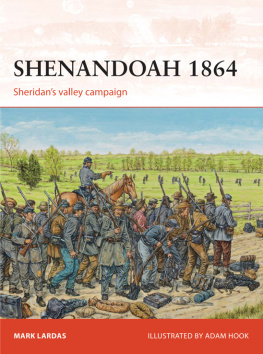The Experts Praise
A VAST AND FIENDISH PLOT
The fascinating, exhaustively researched saga ranges from battlefields to backrooms as Johnson recounts the tale of an intrepid band of Confederate agents. In prose that travels at breakneck speed, we meet a colorful cast of swashbucklers, knaves, and conspirators. A rousing good read.
Fergus M. Bordewich, author of Bound for Canaan: The Underground Railroad and the War for the Soul of America
The history of the Confederate attempt to take the war to New York City with a behind-the-lines attack is a remarkable story overlooked by many students of the Civil War. A Vast and Fiendish Plot is sure to keep the readers interest.
Rod Gragg, author of Confederate Goliath: The Battle of Fort Fisher
Fresh, insightful analysis of an amazing turn of events that nearly set New York City ablaze during the Civil War. Readers will be enthralled by the fast-paced narrative and clear writing that transport them into a dangerous and murky world.
David J. Eicher, author of The Longest Night
A fresh and intriguing addition to Civil War literature. Johnson shows how Southerners sought to take revenge on a sister city they felt betrayed them after the outbreak of hostilities in 1861.
Brion McClanahan, author of The Politically Incorrect Guide to the Founding Fathers
Johnson opens up a new chapter in the annals of Civil War history, as he shines much-needed light on a serious Confederate threat that played out in New York in November of 1864. A must-have for everyones Civil War bookshelf.
Marc Leepson, author of Saving Monticello, Flag and Desperate Engagement
Clint Johnson meticulously details a long-neglected chapter of Civil War history. His well-researched volume yields a vivid, fast-paced account of the intruging Confederate attempt to cause mayhem, confusion, and destruction. Johnson weaves a fascinating story that is sure to captivate readers.
Daniel W. Barefoot, author of Spirits of 76: Ghost Stories of the American Revolution
The attack of the Confederate secret service on New York City in November 1864 has never received this detailed a treatment. The book covers the planning, attack and aftermath in a very readable, informative manner.
James Durney, reviewer for The Order of Civil War Obsessively Compulsed blog
A LSO B Y C LINT J OHNSON
Pursuit: The Chase, Capture, Persecution & Surprising Release of Confederate President Jefferson Davis
The Politically Incorrect Guide to the South (and Why It Will Rise Again)
Colonial America and the American Revolution: The 25 Best Sites
The 25 Best Civil War Sites
In the Footsteps of Robert E. Lee
In the Footsteps of Stonewall Jackson
In the Footsteps of J.E.B. Stuart
Touring Virginias and West Virginias Civil War Sites
Touring the Carolinas Civil War Sites
Civil War Blunders
Bulls-eyes and Misfires: 50 People Whose Obscure Efforts Shaped the American Civil War
New York Herald on November 26, 1864
A vast and fiendish plot to burn down our Empire City gave rise to the most profound excitement among all classes of our citizens.
The schoolteachers in Arcadia, Florida, taught and inspired me to love and write history. Some are gone. Some are still here. All helped me get to where I am. Thats what teachers are supposed to do.
I apologize to them for still dangling my participles, not knowing what a gerund is, and never figuring out how to diagram a sentence.
Introduction
R esearching history is great fun for the writer when he puts down on paper facts that may surprise readers. That is the way it was writing A Vast and Fiendish Plot: The Confederate Attack on New York City.
To understand why the city became a target of eight Confederate officers in November 1864, one must understand that New York City was not always the socially liberal place we know in the twenty-first century.
In the seventeenth century New York City was one of the first colonies to accept Africans as slaves at the same time that Jamestown, Virginia, was treating Africans as indentured servants who would one day be free.
In the early eighteenth century, New York Citys government had savagely put down a slave revolt years before they staged any revolt in any Southern slave-holding colony.
In the mid-nineteenth century, New York City was the center of the slave-ship-outfitting industry. Slave ships owned by city residents openly operated out of New York harbor until the American Civil War was halfway over.
The Emerald City, the citys nickname long before the Big Apple, became an economic powerhouse in the first half of the nineteenth century because Southern cotton literally and figuratively flowed through its port. The citys merchants believed what was good for the South was good for New York. That included the preservation of slavery in the South.
President Abraham Lincoln, praised by so many as the best president the nation has ever had, did not win over the citys voters in either 1860 or 1864. In fact, he lost the city by more than two to one both times.
With all that historical background, one would think Southerners would love Manhattan. But Southerners just could not get past the fact that forty cents of every dollar of cotton sold went into the pockets of New Yorkers. Southerners did not like the fancy-pants New York bankers coming south to loan money at exorbitant rates. They did not like four hundred thousand young men in uniform from New York State invading the South.
New York City and the South had made each other prosperous for the first half of the nineteenth century. But by 1864 that did not matter. New York was the largest city in the Union. Since the South was suffering at the hands of that Union, it was only natural that the South picked on the largest target to be found when it came time for a retaliatory strike.
This is the story of how two best friends, the slave-holding South and slave-trading New York City, fell out of love with each other. It the story of how and why the Confederacy targeted Manhattan because of the devastation the South had suffered at the hands of the Union between 1861 and 1864.
Prologue
A Born Gentleman to the Tips of His Fingers
I n the early morning of September 4, 1864, just days after the conclusion of the Democratic National Convention in Chicago, Confederate general John Hunt Morgan lay dead in a gooseberry bush in the garden of a house in Greeneville, Tennessee.
The boldest of the Confederacys cavalry leaders did not die on a battlefield with a saber in one hand, a pistol in the other, and his horses reins in his teeth. He died facedown in a bush clad in a nightshirt, trousers, and boots. He was unarmed, shot down by several Union cavalrymen who never called to him to surrender. They then hoisted his body facedown across a saddle and paraded him around to show what they had done to one of the most famous Confederates of the war.


